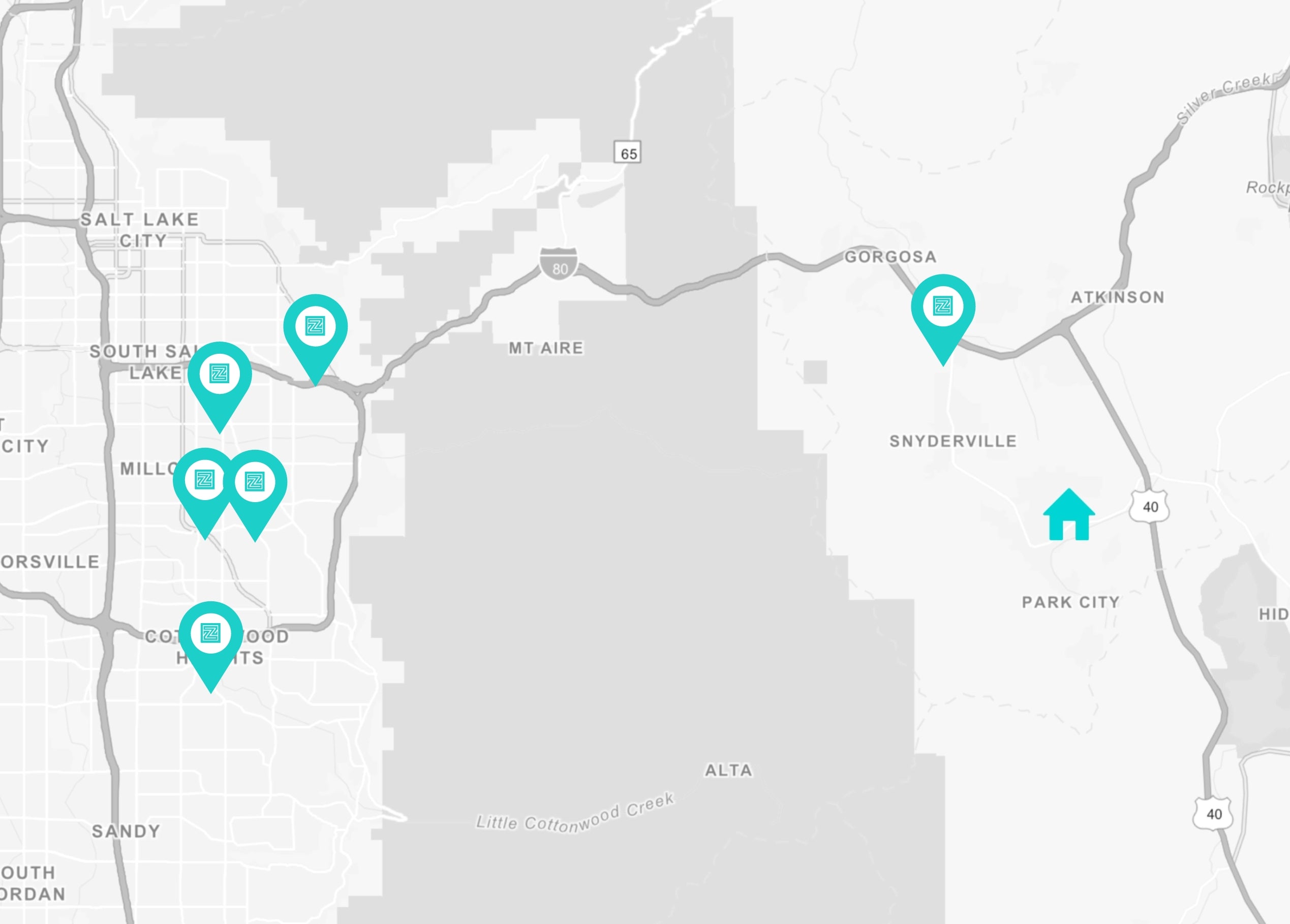As the weather is warming up, you’re probably feeling that extra motivation to get outside, to sign up for a race or maybe a recreational league. This is your year!
There's only one thing that can slow you down and put you on the sideline.
It is the one thing that every athlete dreads: injury. Whether you’re a pro athlete or a weekend warrior, injury is the curse that just seems to strike at the most inopportune moments.
Nothing you do will completely remove the risk of injury, but more and more athletes are treating themselves to generous amounts of “prehab” to “injury-proof” their bodies before their workout and training routines. Below, we’ve listed our favorite 4 strategies for “injury-proofing” your body.
The 4 stages of Prehab:
1. Get checked for muscle imbalances
2. Do the right warmup routine
3. Stabilize your core
4. Foam roll

1. Get checked for muscle imbalances
Did you know that most injuries come from overcompensating for weaker muscle groups? Especially as your body gets tired during a run or in the last quarter of the game, if you have a weak or unengaged muscle group, it throws unbalanced weight onto your joints. We recommend going to https://functionalmovement.com to find a professional in your area who can give you a functional movement screening. They’ll help you identify weak or unbalanced muscle groups and give you exercises to balance those out and decrease your risk of injury.
2. Do the right warmup routine
When it comes to warmups, many intermediate athletes default to whatever routine they’ve done in the past, regardless of sport. Try to find yourself a sport-specific warm-up routine that can loosen up important joint areas like your hips, ankles, or shoulders, as well as engage or “wake up” key muscle groups for power or stabilization.
3. Stabilize your core
Your core is exactly that, your core. It provides balance and stability for the rest of your body. A weak core can result in your body overextending or imbalancing at exactly the wrong time. This could lead to major injury or lots of little injuries over time, which can create nagging knees, hips, or ankles. Incorporate a full core workout at least once a week in your training routine.
4. Foam Roll
It’s time to fall in love with the pain of the foam roller. If you’ve never foam rolled before, BRACE YOURSELF. It’s a generally painful experience, but there’s almost no substitute for foam rolling in terms of aiding soft muscle and tissue recovery. Essentially, foam rolling (AKA “self-myofascial release”) is a form of self-massage which gets rid of adhesions in your muscle fiber and helps increase blood flow to your muscles, which can improve your mobility and overall performance.
Now is the time to get your prehab on! Start working on your injury prevention, rather than waiting until injury strikes!



